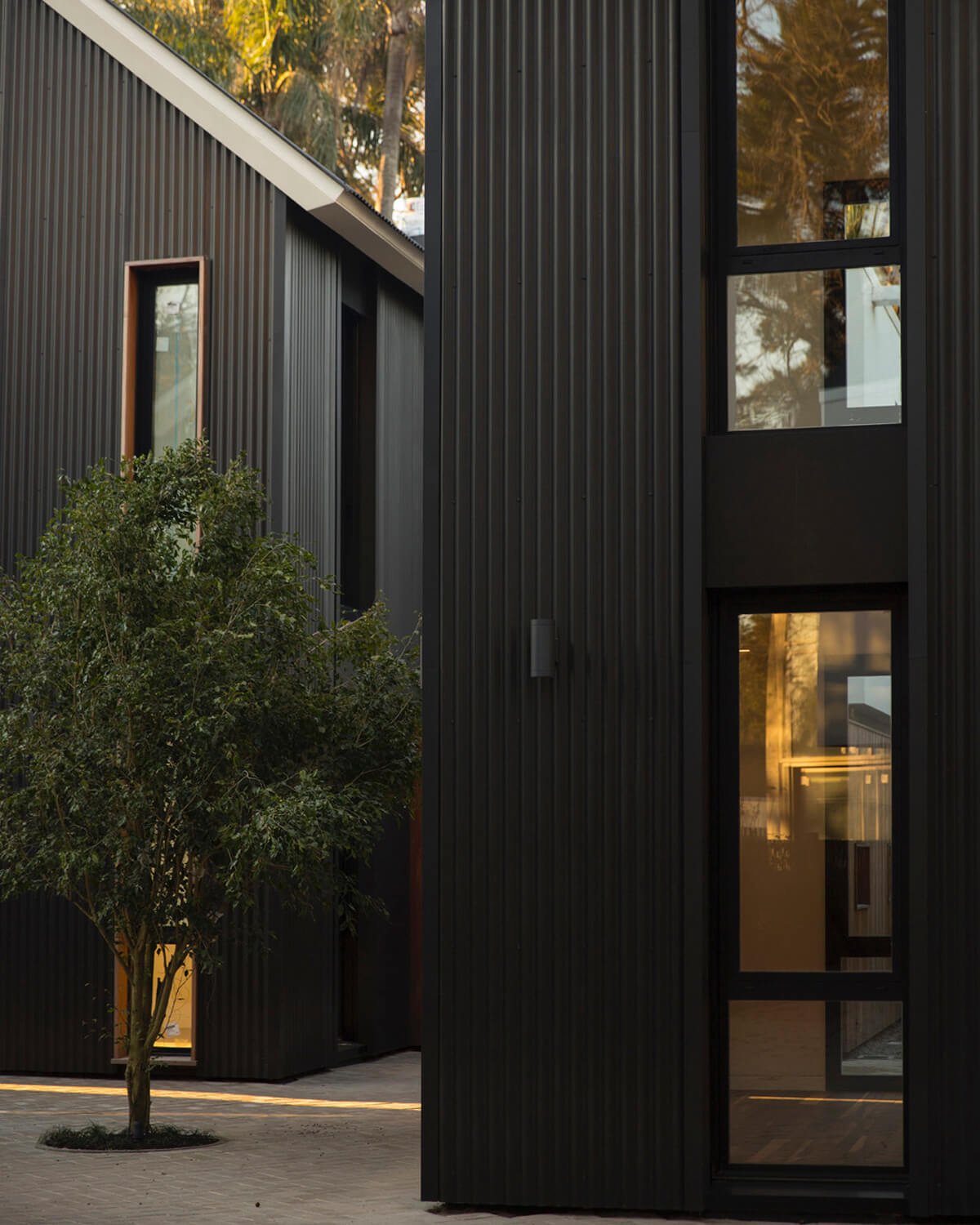
When Brazilian company Candida Tabet Arquitetura teamed up with community architects Estudio Santiago Fernandez to design a housing complicated in Montevideo, Uruguay, they ended up faced with a special obstacle. The duo wanted to in shape 5 200-sq.-metre duplex properties onto a lot that earlier held a solitary residence, all when entirely retaining the site’s lush forestation. The firms, frequent collaborators given that 2000, pleasure by themselves on their contextual technique, which marries the study of the surroundings and historical views with materials innovation — and the Murillo 1665 housing complex is no exception.

Motivated by the early 20th century architecture of Carrasco, a coastal suburb of the Uruguayan cash, the designers drew from the neighbourhood’s vernacular get rid of-design roofing and landscaped gardens — alongside with an emphasis on ethically liable living. Tabet and Fernandez updated this traditional design and style with present-day elements, like alternating picket and charcoal gray corrugated sheeting facades, white plaster and glass, complemented by native vegetation.

Soon after very carefully finding out the web site for move and all-natural mild, the architects created a cross-shaped approach in just the terrain. This orientation ensured the new buildings would have the minimum doable effects on encompassing plant lifetime, letting the new citizens to dwell in harmony with nature. The outcome is a dynamic design scheme the place every single dwelling, though similar in style, appears distinctive from each and every viewpoint, imparting a visual rhythm that defines the complex.

The increased density of the re-prepared internet site delivers with it a newfound feeling of local community. Tucked absent from the road, the homes in the Murillo 1665 housing sophisticated are structured all around a courtyard space where by children can securely participate in and residents can mingle — an interstitial social room not afforded by solitary-household homes in most urban settings.

In addition to preserving the site’s majestic trees, thermal consolation was also leading of brain. The architects used solar protected double glass panels, which are operable for cross ventilation, and still left a gap between the façade and metal frame to optimize insulation.

Just about every house’s stark charcoal gray façade stands in contrast to its light-weight and ethereal interior. On the ground floor, a dwelling and dining place are outfitted with wooden finishes and sleek black accents, whilst a wood-panelled quantity on the building’s exterior delineates the kitchen and laundry spaces. A large wood-burning hearth at the house’s centre grounds the area. Upstairs, a few suites are related by a mezzanine-style relatives home. Right here, a entirely-glazed double peak-wall lets in an abundance of natural gentle — and sights to the greenery outside the house.


Big sliding doorways at the rear of each individual property open up up to a shaded outdoor place with a patio and barbecue location designed for gatherings. The patio, which utilizes stones from the first household, is not only a sustainable option but an embodiment of the architects’ delicate tactic — and a nod to the site’s initial character.







More Stories
Should the World Go Modular?
Car Buying Tips: Why Does It Make Sense to Buy a Discontinued Car Model?
Handrail Protection: How Protecting Handrails Saves Builders Time and Money